
Designing and building your home from the ground up can be one of the most exciting and fulfilling projects of your life. After all, it’s crafted around what matters to you and it offers the opportunity to bake in qualities that matter to the planet. But before that can begin, you’re going to need to find that ground.
There is a lot to consider when looking for the right land to build on. A desirable building site must satisfy as many criteria as possible while evaluating the relative value of those that may be harder or more challenging to reach or achieve.
WHERE
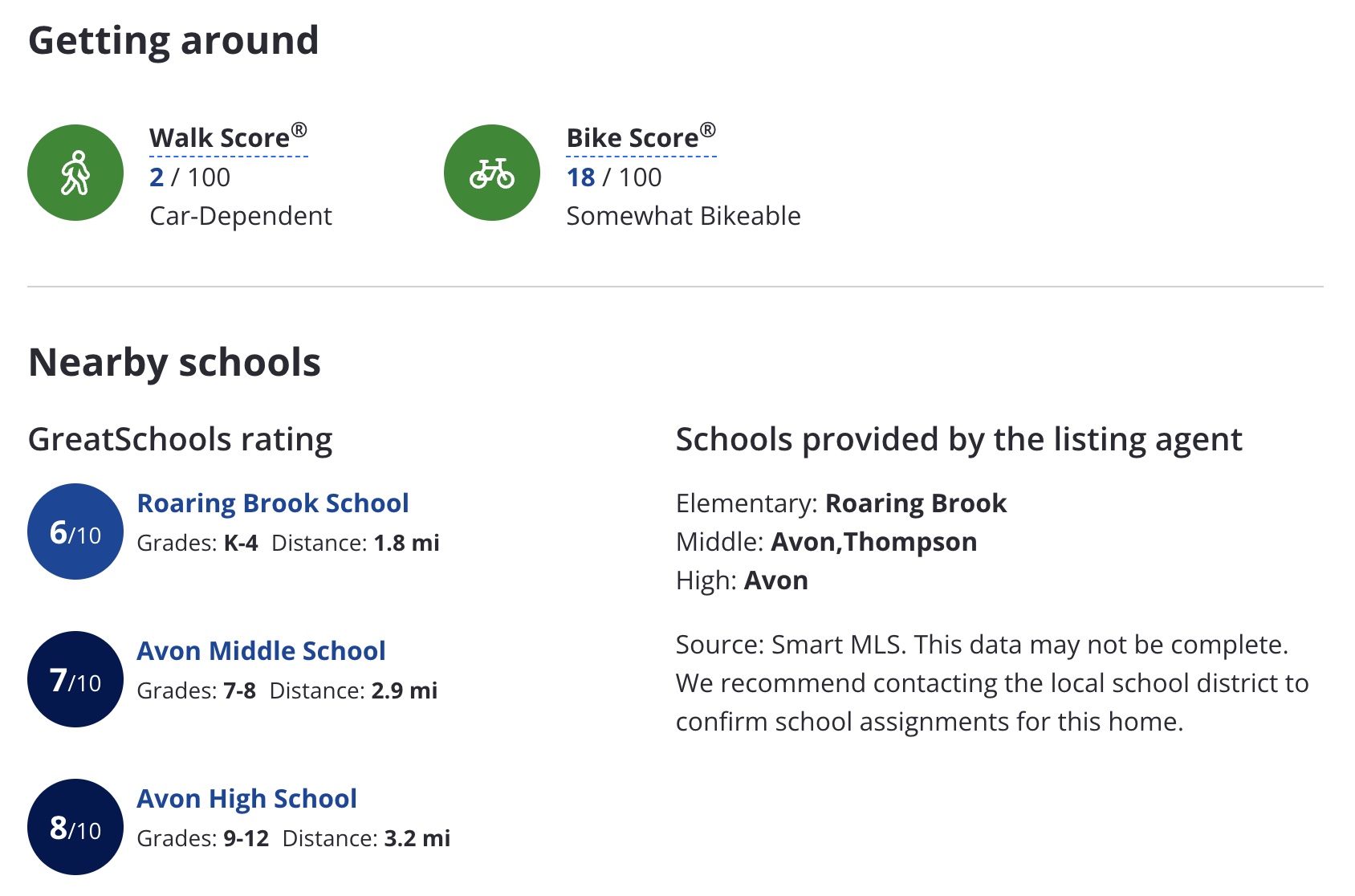
HOW MUCH
How much does land cost in the locations you’d like to build and live? Looking for land requires establishing a reasonable understanding of how land is valued there. Not surprisingly desirable land in desirable locations costs more than land farther out or may be in some way more difficult to build on. Read the map to gauge those differences and always get a site plan for a property that interests you.
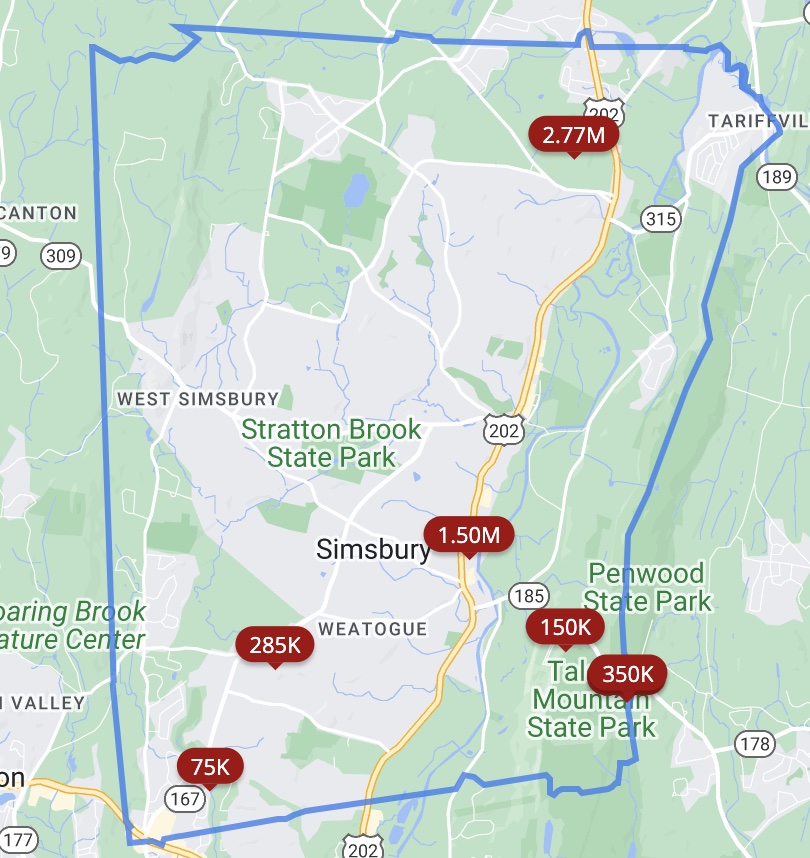
BOUNDARIES
Land is defined by boundaries, and within those boundaries there will be infrastructure required to provide the utilities needed for water, power, communication, and sanitation. Pay attention to whether the land offers these connections in place. If not you will need to provide septic, well, or other utility connections at an additional expense. Evaluate the cost of the land accordingly.
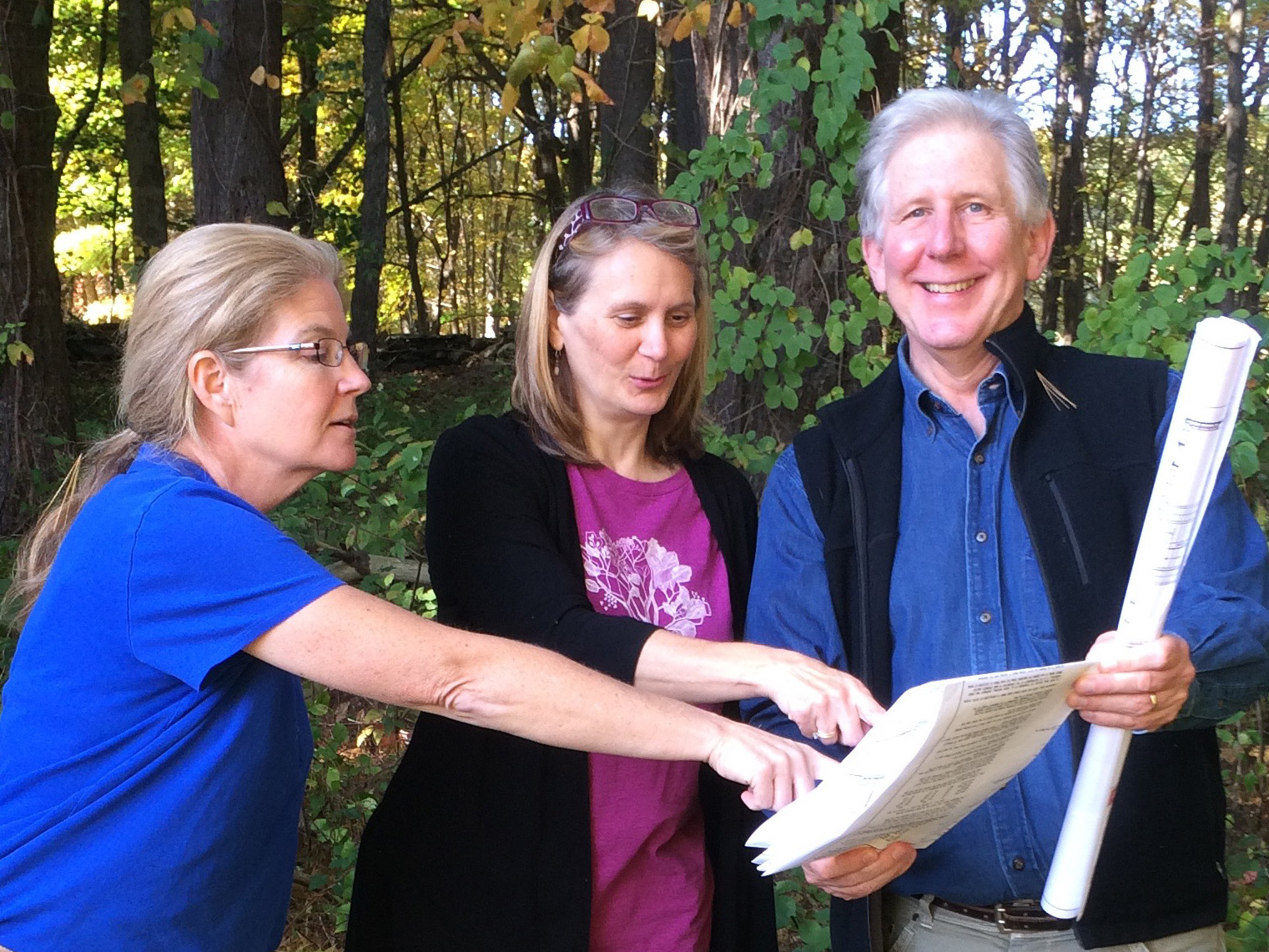
REGULATIONS
Those boundaries define the regulatory conditions that will determine where you are and are not allowed to build in a town. There are front, rear and sideyard “setbacks” beyond which you are not allowed to build. There are also soil and wetland designations that may further constrain, or require special engineering to build or construct a septic system in areas of the property. Special conditions for property near bodies of water, rights of way, or other conditions defined in a town’s zoning regulations should be researched before you buy, rather than getting an unwelcome surprise later. Offers should include contingencies that assure you are able to build on the land and allow enough time for that to be done before closing.
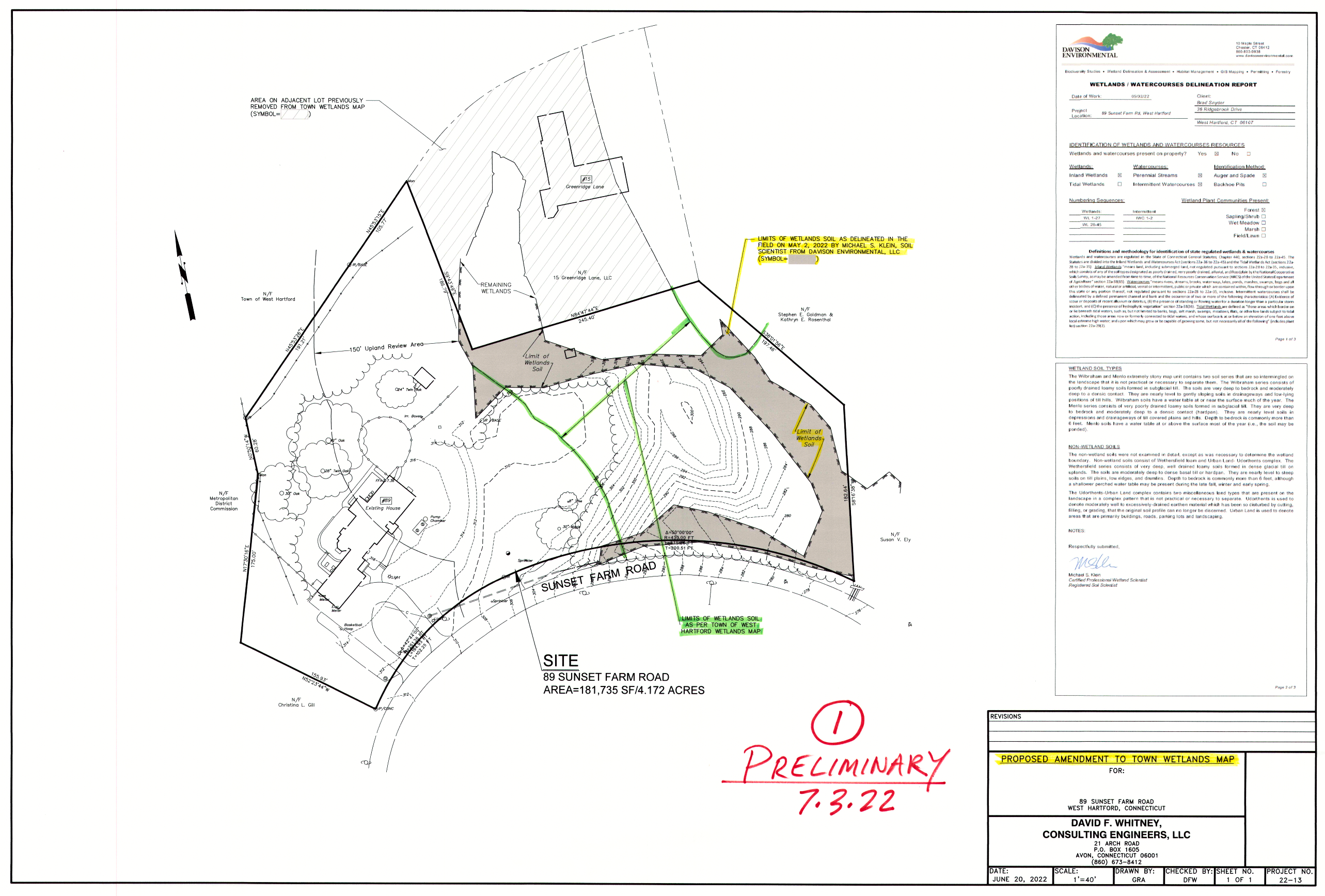
GRADES
The topography of the land will be an important factor in where you choose to locate the house. Sloped sites lend themselves to creating satisfying “walkout” lower levels with opportunities to make good use of what might otherwise be a dark basement, stacking levels to get more use from the building footprint. Flat sites have invited some to forego the basement altogether, spreading out to create one level living without incurring the expense of that large, less useful space below the body of the house. Slopes present challenges, but also elevate views. Make an effort to understand the lands topography and the challenges and opportunities that it will provide.
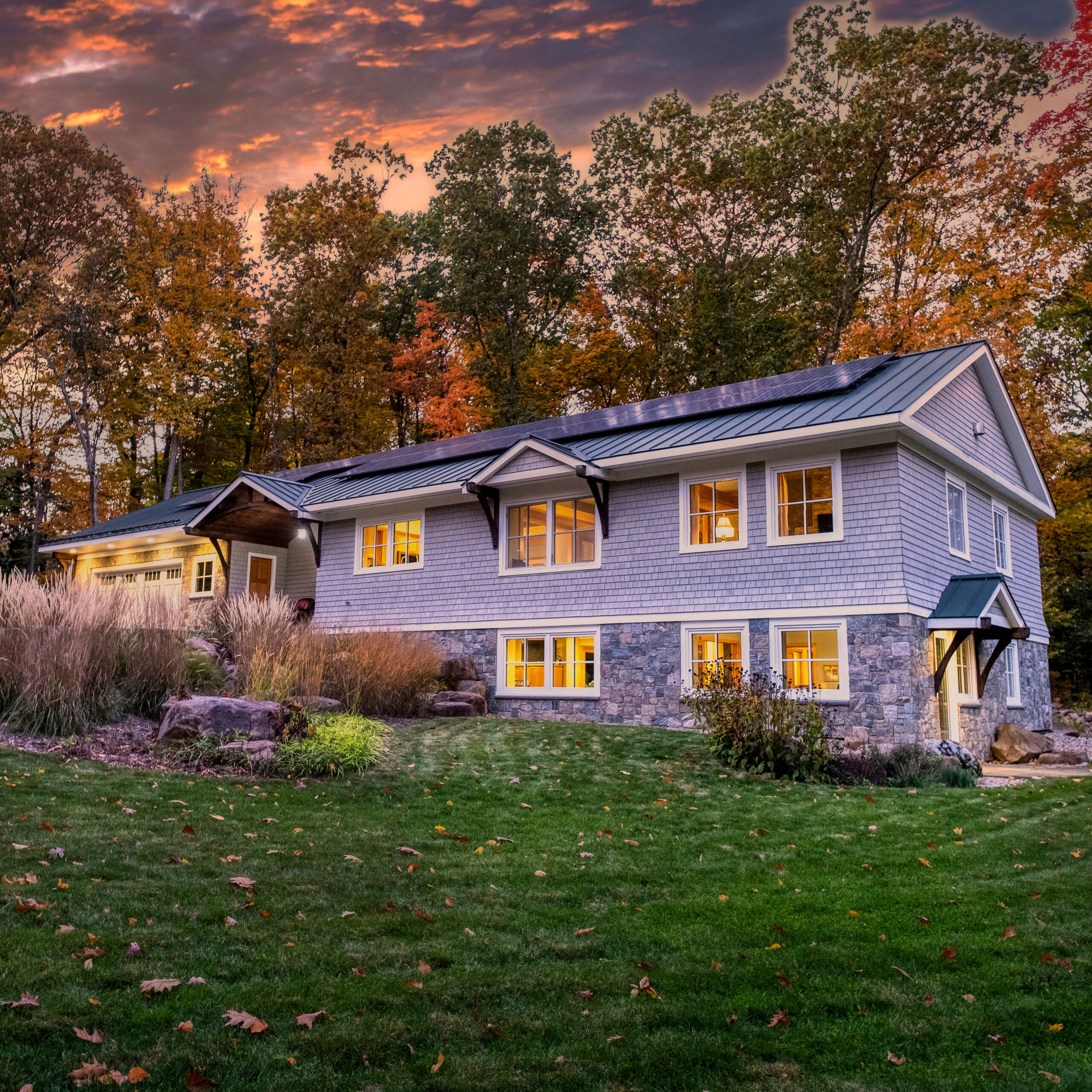
LANDSCAPING
The land is the setting for the house and deserves equal design attention. A driveway can be more than a route for a car from the street to its garage. The drive frames your experience of arriving home, including the attractive form of the home and its setting as it is approached. As you get closer to the house there are opportunities to consider on every side of the home to create “outdoor rooms” from welcoming and sheltering front entries to porches, decks, and patios that extend living outdoors. Paths, steps, walls, and planting beds connect these spaces and create their settings. Extending out to front, side, and rear yards may be lawns, gardens, fences, and other features that run out to the boundary and what may be viewed beyond. Set aside resources for these essential features.
ORIENTATION
Always get your bearings. Where does the sun rise and set, from summer to winter and seasons between. This not only effects the experience of light within the house, but plays an important role in the home’s ability to harvest free energy from the sun, including rooftop orientation to optimize solar energy production and windows that welcome solar heat thru the winter while shading thru the summer. Locate desirable views and privacy buffers. Consider important trees and the native ecology. Pay special attention to how water flows in and around the site.
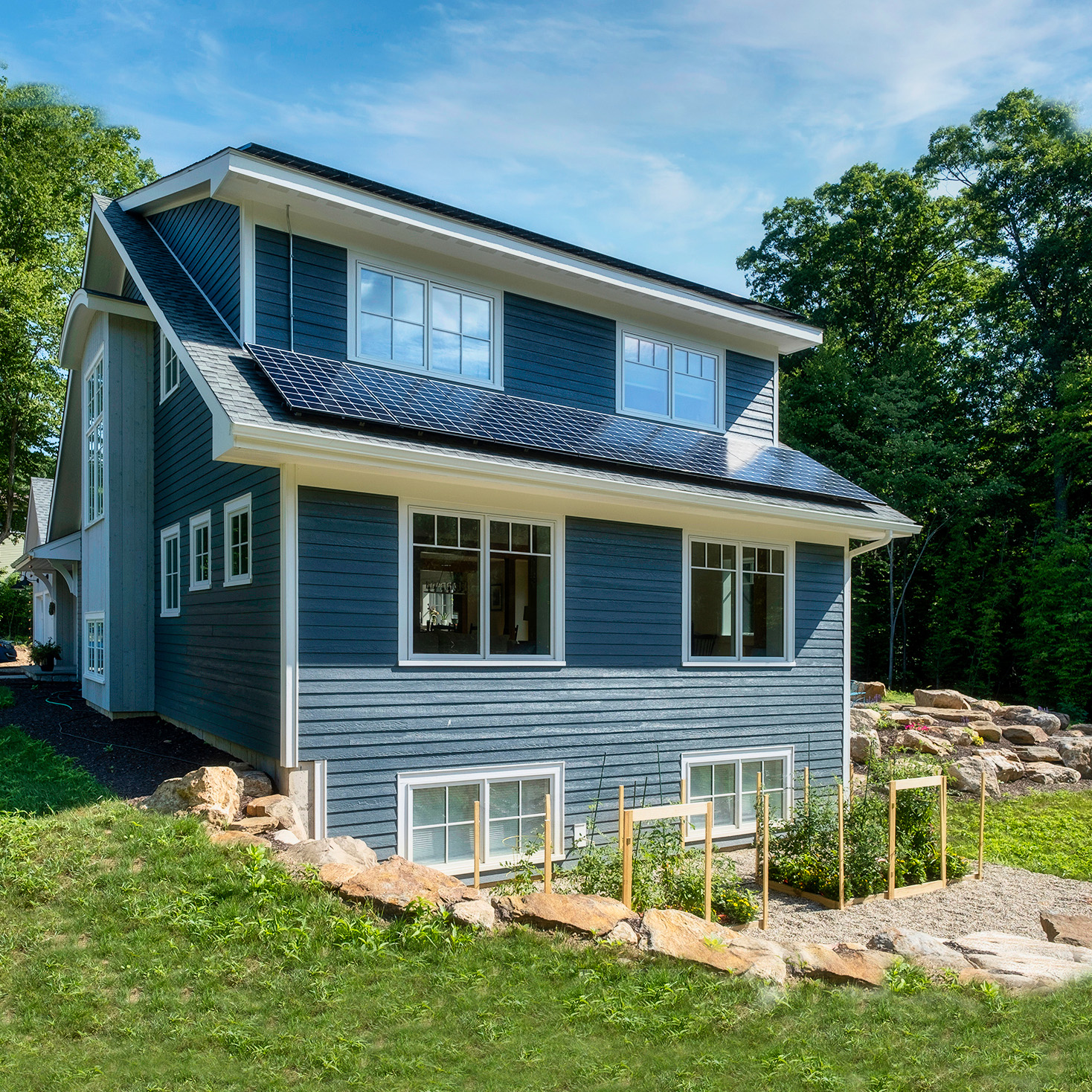
FINANCING
Unless you are expecting to be able to fully finance the purchase of land and all the costs of designing and constructing your home you should become familiar with the options to finance the process, including the mechanism for converting a construction loan to a conventional mortgage. This should include locating a lender who is familiar with the green home addendum in the appraisal process that factore for the significantly lower operating cost of a high performance, solar powered home. Do this important homework before evaluating the purchase of land.
DO THE MATH
Create a worksheet that includes rows and columns for every expense, including:
-
- the cost of the land,
- budgets for infrastructure and landscaping features,
- a framework for what the home may cost based on its size, configuration, and featuress,
- costs related to the purchase of the land
- local taxes and property insurance
- financing for construction if required
- costs related to moving
- income from sale of an existing home
- design and engineering expenses
Now consider how these fit you personal finances and plans for other important personal financial commitments and aspirations. A readiness to act when the right property comes along depends upon how well you have prepared to make the investment and begin the exciting process of designing and building your home. Keep your Eye$ Wide Open!

INVOLVE PROFESSIONALS
Professionals do this work every day, know the process, and most importantly have experience with the communities you are interested in living. Each should be a good listener as they seek to understand you and your goals. You need to be a good listener as they share their experience and guidance. Professionals involved in the purchase of land and the planning for your project include:
-
- An experienced local realtor
- A lender or mortgage consultant familiar with high performance homes
- An insurance agent
- Legal counsel (at the very least for the closing)
- A surveyor and civil engineer who collaborate well to document the site
- A designer and builder who can guide you through the process and manage all construction (both site and building)
- Town regulatory officials (to answer questions and provide documents)
- The local health department for information regarding septic systems
- A well driller if required
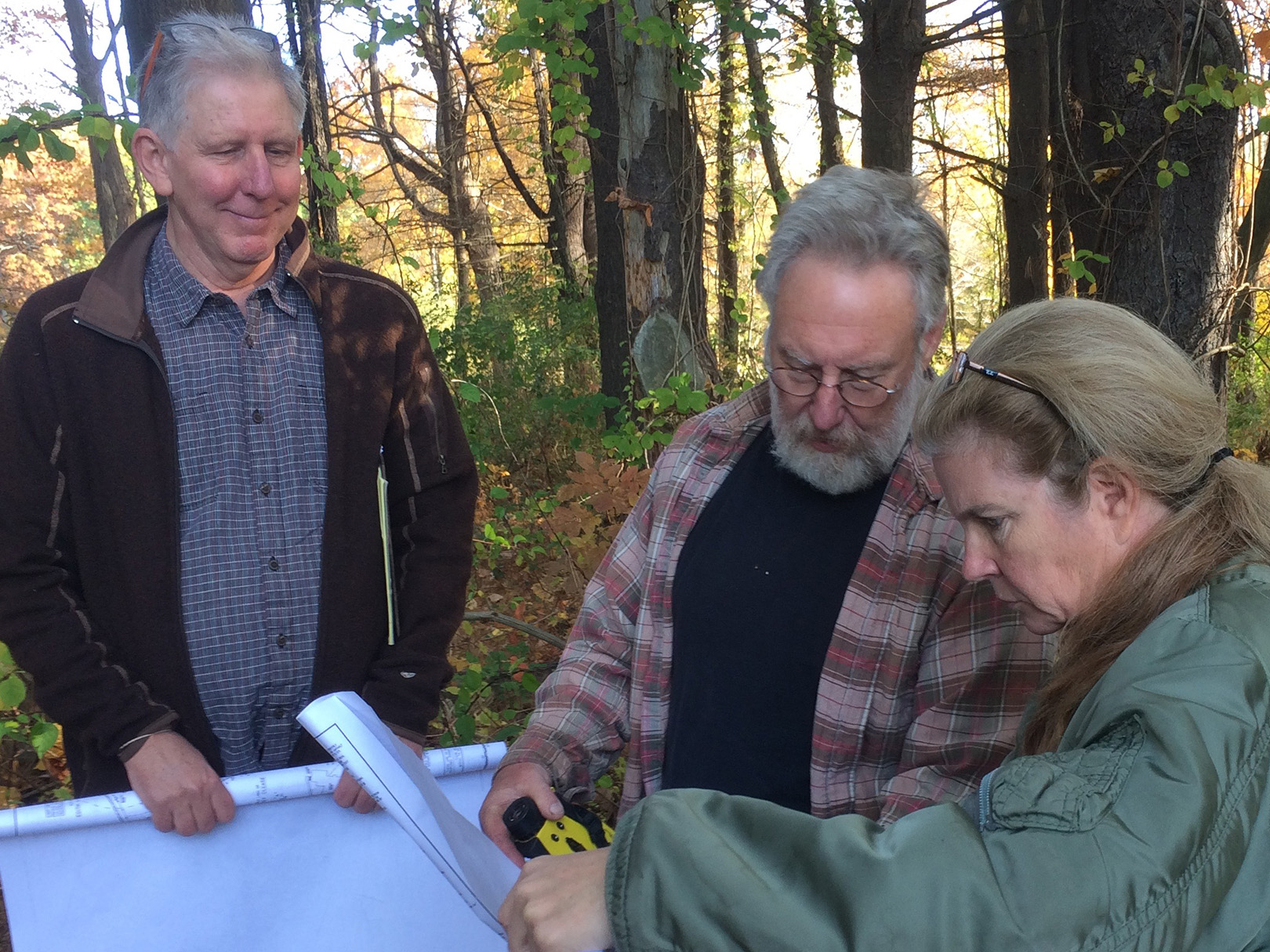
FEASIBILITY & ORIENTATION
Wolfworks Feasibility and Orientation process was created to help prepare you to engage with professionals, think about and make these important decisions, and evaluate all the essential criteria a land purchase requires. Connect with us to learn more.
